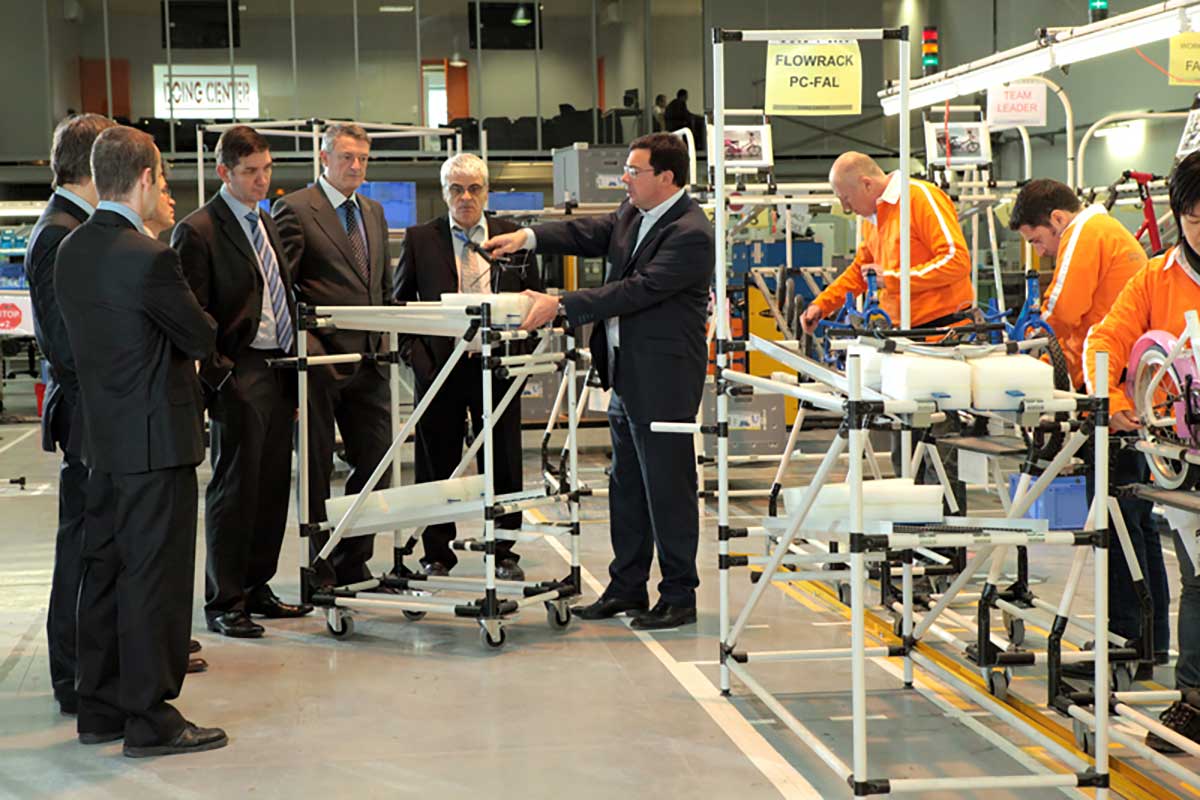The impact of unintended consequences are felt long after they are first recognized, and the impact of the Boeing-Bombardier-Airbus news this week will be felt for decades.
The most recent outcome is a tie-up between Airbus and Bombardier’s C Series jet program, instigated by Boeing’s trade complaint against Bombardier early this year. However, the root cause of the situation starts much further back in history and the consequences will extend well into the future. The source cause of this event is worth discussing as well as immediate lessons.
My thinking on this is fairly US centric because that’s the aspect that I know (yet am nowhere near an expert), but clearly the implications are global and will be felt in other regions.
The US deregulated the airline industry in 1978 with good intentions – better service, lower cost. One of the medium term consequences of that was reduced service to smaller, regional airports where volume and profits were lower. The exact truth of that is up for debate, but the outcome in 2017 is clear. As the airline industry itself consolidated, started grouping hubs, and price competition increased, they worked with their aircraft OEMs to shift product development into a certain type of jet that made those flights and that business model more sustainable.
With price pressure on the volume routes increasing, airlines started looking back to the regional routes as a profit opportunity but the jet product portfolio wasn’t available to run those routes profitably. Enter Bombardier’s C Series. Smaller, lighter, technologically advanced, it was developed to answer that need in the market. Although there have been a number of technical and production issues getting the jet to regular production volume, they aren’t entirely new vs. what Boeing experienced with the 787. As airlines started to warm to the C Series and place orders, Boeing felt the pressure on their portfolio and future sales opportunity, filing the trade complaint.
Since filing the trade complaint, several items of interest have occurred:
- Retaliation on other products – the C Series has substantial production in Canada and the UK, both of whom had orders place for Boeing defense jets. In response to the C Series trade action, both countries have threatened those orders.
- Subsidies – any major industry is subsidized by local, state, and national governments some way, but the aviation industry is especially fortunate. Defense is subsidized for research, security, and employment benefits and commercial for halo and employment. It is a significant national statement to have commercial jet liner capability. One maker throwing objections at another for subsidies is spitting in the mirror.
- Supply network – due to the specialty nature of many parts, the aerospace industry supply network is focused and global. Any major move between OEMs will be felt by their mutual suppliers.
- Customer choice – customers, in the case the airlines, want to have the additional choice of the C Series and they have been vocally upset with the tariffs assigned to jets already on order. This part of the confrontation is just beginning.
- Pricing and risk – the different between list price and paid price on new jet program orders has long been an industry secret. This ongoing investigation may shed a bit more light onto that reality.
- Timing – Bombardier has historically been closely held. Recent weakness in their small jet business and train operations set the stage perfectly for Airbus to enter and get a majority stake in this program for nothing up front. Airbus had the option of entering this deal before at a much higher price, but the option of waiting will have paid handsomely if this works out.
There are a number of takeaways from this so far related to manufacturing and supply chain operations:
- Long and volatile timelines benefit lean suppliers – C Series launch development started 12 years ago and the fortunes of the program have been volatile. With such long development lead times, substantial risk is born by suppliers. That risk and volatility is handled best by suppliers with robust business systems based on lean principles, and they will be poised to profit on a program recovery. The shorter a supplier’s lead time, the less they are impacted by program volatility.
- For OEMs, global supply is not diversified supply – for all of its advancement, this is still an industry with a tight supply base in critical areas. Long development lead times, technological advancement, high capital requirements, and a small pool of OEM players force supply base concentration. Just because you’re sourcing globally does not mean you’ve diversified risk away.
- For suppliers, industry diversification is not enough – everybody in the supply base knows it and talks it, but in times of security it’s hard to push it into reality. This should be a warning to refocus those efforts. Major OEMs in all industries are looking for suppliers who can build to aerospace requirements. The challenge is on the supply base to market and position to capture that business.
- OEM insourcing is a developing dynamic – OEMs are all still working on the right supply chain model. Specific areas of dynamic change are vertical integration vs. systems integration and service revenue capture. The current push has been to insource more work, which has led to supply chain consolidation including the BE-Collins merger and the UTAS-Collins merger. This will be a trend to monitor for additional supplier combinations.
The final outcome of this is far from certain, but the magnitude of the news makes some lessons immediately clear. Redouble your efforts on building a robust business system. Capture revenue from multiple industries. Reduce quote to cash lead times to improve reaction to volatility.
References and additional reading:
https://www.bloomberg.com/news/articles/2017-10-17/airbus-boss-nails-bombardier-timing
http://m.washingtontimes.com/news/2017/sep/17/boeing-feud-with-bombadier-shows-hypocrisy/
https://leehamnews.com/2017/10/17/assessing-airbus-bombardier-deal/
http://fortune.com/2017/09/26/bombardier-jets-boeing-subsidy-duty/
https://en.wikipedia.org/wiki/Bombardier_CSeries




